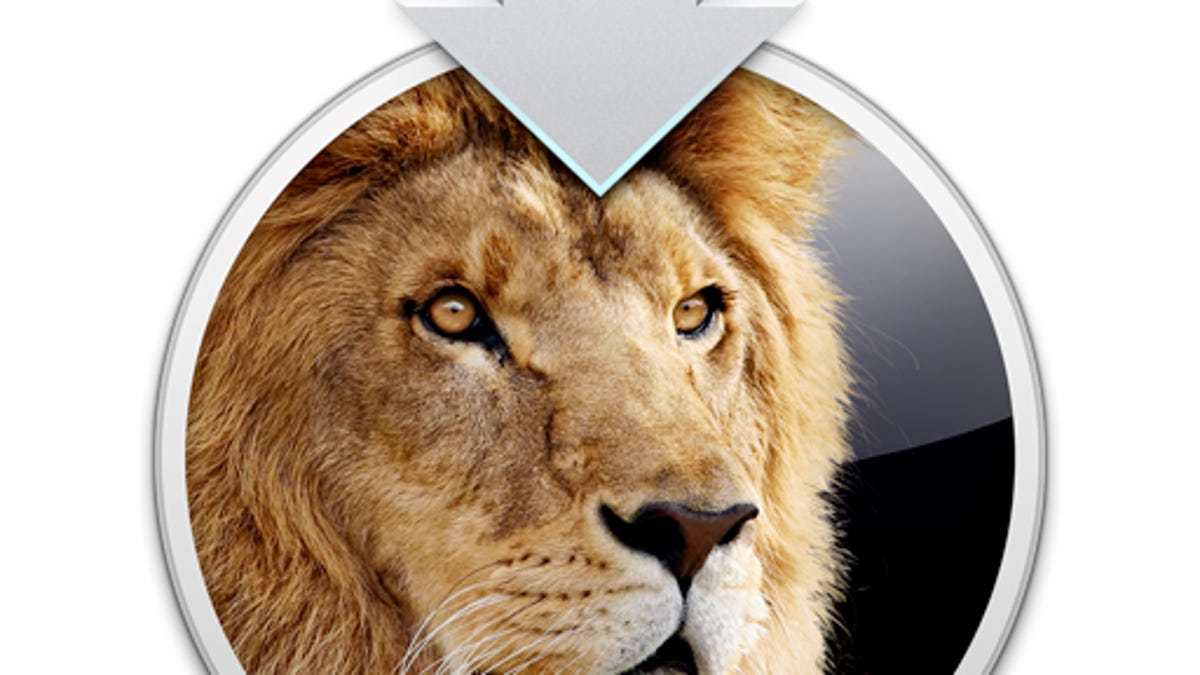Addressing OS X Lion recovery partition problems
If your Recovery HD partition in OS X Lion is missing or not working, then it may be easy to get working with just a few steps.

Unlike previous versions of OS X that came on a separate installation disk, which could be used as a recovery and diagnostics tool, Lion is distributed through the Mac App Store and therefore does not have the option of a separate boot medium. To give people a similar option, the Lion installer creates a small "Recovery HD" partition that you can boot to by holding Command-R at startup.
This recovery partition is convenient, especially because it is faster than conventional optical media; however, some people may have problems with their systems either missing this partition, or having multiple ones after a reinstallation.
If your system cannot boot to its recovery HD partition, then it may be missing from the system. To check this, open the Terminal program and type the following command:
diskutil list
This command will output all the attached storage devices and their partition layouts, so you can see if the Recovery HD partition is present. Another option for viewing the presence of the recovery HD partition is to use Disk Utility's Debug menu; however, enabling this would also require the use of the Terminal.
Missing partitions
If after checking the partition layout you cannot find the Recovery HD partition, then you can easily restore it by downloading and reinstalling Lion from the Mac App Store. However, in some cases, such as if you have a special RAID setup for your boot drive, the system may not create the recovery HD partition. If after reinstalling OS X you still do not have a recovery HD partition, then your system cannot support one on the boot drive in its current configuration. You may have to change its partition layout or its RAID properties to get this to work.
Multiple partitions
If you find that you have multiple Recovery HD partitions on your system, then this may be because you have multiple hard-drive devices on your system that you have installed OS X Lion to, even if you have since formatted the volumes containing the extra installations. Each device will have its own Recovery HD partition, but if you do not need to boot to those secondary installations, then you can remove them from the system. Even if you do still wish to have a second installation available for diagnostic or testing purposes, unless you use FileVault with that installation then you will not need to have the Recovery HD partition for it, and can remove it without harming the installation.
To remove the extra Recovery HD partitions, first enable Disk Utility's debug menu and then use it to show all partitions in the program. Then locate and select the Recovery HD partition on your secondary hard drives in the Partition section of the program and click the minus button to delete the partition. When complete, open the Terminal and run the following command, replacing the word "IDENTIFIER" with the identifier string for the main partition on that drive. This string will usually be something like disk2s2 or disk1s2.
sudo diskutil resizeVolume /dev/IDENTIFIER R
Be sure if you delete any recovery HD partition that you do so from your main boot drive, and that you only do so if you do not use FileVault. The Recovery HD partition is used to store the encryption keys for FileVault, so if you deleted it, then you will render your system inoperable when you next boot, and will not be able to access any data.
Other options
While having a local recovery HD partition is convenient, unless you use FileVault or Apple's Find My Mac iCloud service, then the Recovery HD partition is not necessary to have. On newer Mac systems you can use Apple's Internet Recovery by holding Option-Command-R at startup, which downloads the Recovery HD image from Apple and boots from that. Alternatively you can download Lion from the Mac App Store and then either create a Lion installation disk from it that can be used for recovery purposes, install it to an external boot drive, or once installed to an external drive use Apple's Recovery Disk Assistant tool to create a thumb drive for the recovery partition.
Questions? Comments? Have a fix? Post them below or e-mail us!
Be sure to check us out on Twitter and the CNET Mac forums.

